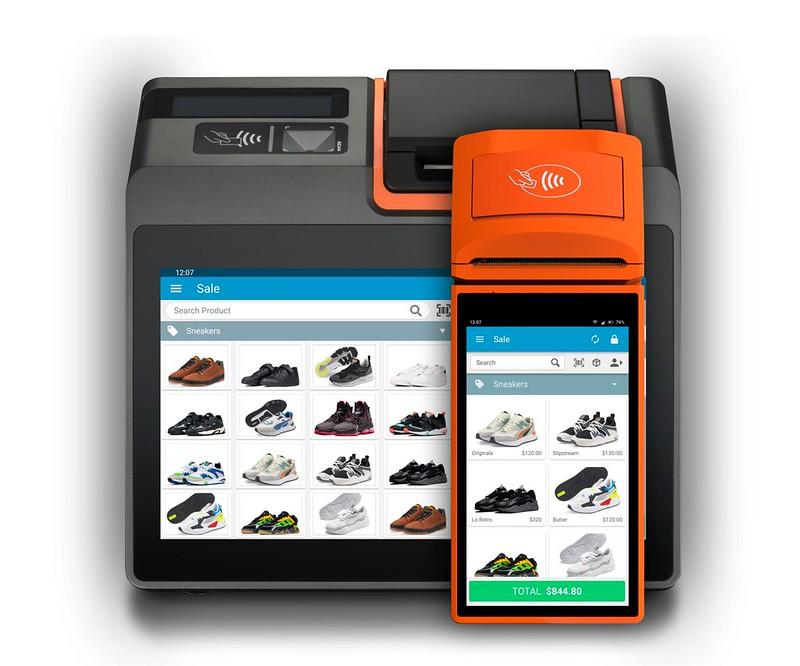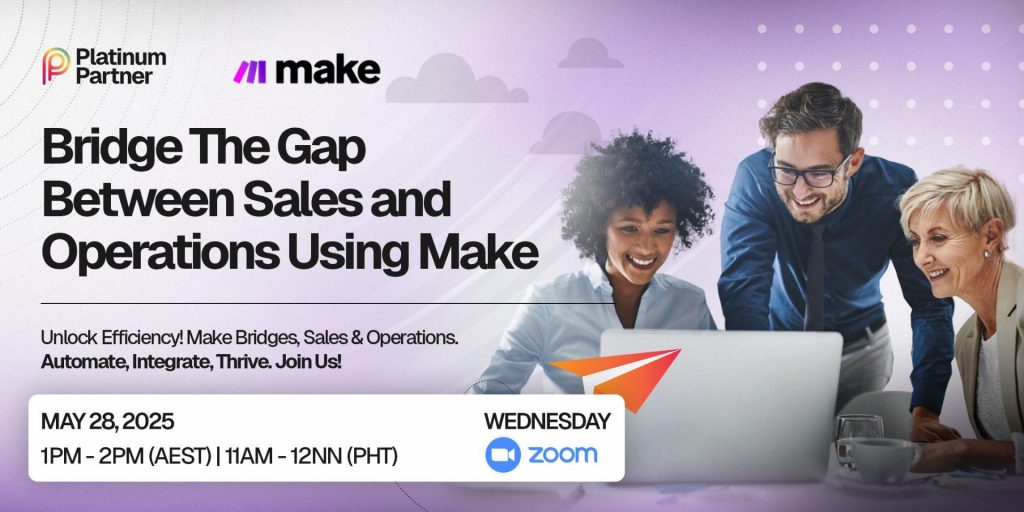Mobile World Congress 2025 is in the books.
As in the past, the event was filled with news from a variety of vendors focused on network transformation, both enterprise and telco. Vendor announcements ranged from Wi-Fi to cellular to software-defined networking, but a handful of themes permeated across the show.
Below are my top five thoughts from MWC 2025 in Barcelona.
1. Telco Transformation Still Revolves Around Cost Savings
If there’s been one consistent theme to every MWC I’ve been to in the past decade it’s that telcos need to transform with a goal of lowering costs and creating new, revenue generating services. While most telcos I talked to at the show this year echoed this sentiment, most told me their near-term focus is to improve operational efficiency to cut costs.
During the conference, I attended a panel about telco transformation, which featured speakers from Orange Business, AT&T, KDDI and Cox. I asked whether there was any focus on revenue-generating services, and they all said the current focus was on operational efficiency. This is because almost all telcos run on legacy hardware, which tends to lack the agility required to roll out new services quickly. Service providers are now shifting focus to software-defined networks so they can add new services quickly when given the opportunity.
Related:F5 Introduces Converged App Delivery and Security Platform Optimized for AI
2. The Network Plays a Critical Role in AI Success
The hype around AI is at an all-time high as the technology looks to reshape the way we work and live. However, most of the technology focus has been at the chip and server level, with NVIDIA leading the way.
The reality is that AI success requires the entire IT stack to be modernized, with the network playing a critical role. AI is fueled by data, which is scattered everywhere — from data centers to branch offices to user devices. The challenge is moving the data to where it needs to be, and that’s the role of the network.
The question is whether telcos jump on this trend and roll out services related to AI or if they’ll be relegated to “dumb pipes.” Telcos will get their chances to be relevant to AI, but they need to act quickly.
3. Vendor Partnerships Can Streamline AI Infrastructure
When a market is in its infancy, like AI is today, enterprises and services providers can’t follow many established best practices and reference designs when deploying the infrastructure.
Consider the early days of cloud, where companies would deploy servers and networks and spend months tuning and tweaking the design. To solve that timeline, VMware, Cisco and EMC entered into a joint venture, VCE, which delivered a turnkey, private cloud stack. AI needs similar offerings.
Related:5 Takeaways from the Cisco AI Summit
At MWC 2025, Jio Platforms, along with Cisco, AMD and Nokia announced plans to build an Open Telecom AI Platform to deliver a turnkey AI system. Enterprise buyers can choose from a handful of these, including Cisco’s AI POD and the Pure Storage GenAI Pod. Look for more of these multivendor options to streamline AI deployments.
4. Private 5G has Finally Arrived
One of the most hyped technologies of past MWCs has been private 5G, but the tech has largely failed to live up to the hype. A major problem is that advocates of 5G frequently positioned it as a replacement for Wi-Fi. The reality is Wi-Fi and private 5G are highly complementary, and MWC was filled with use cases of this pairing.
One example came from HPE. In a discussion with Phil Mottram, EVP and GM of HPE Intelligent Edge, which includes Aruba Networking, he discussed how the company used both 5G and Wi-Fi to bring connectivity to fans at the most recent Ryder Cup in Rome. Private 5G provided backhaul connectivity to remote network nodes, while Wi-Fi connected mobile phones. This removed the need to dig up the course and lay fiber, which wasn’t allowed at the historic Marco Simone Golf & Country Club. Cabinets were powered using batteries and solar cells that enabled fast, remote connectivity. This use case could be replicated at concerts, schools, conferences or anywhere that requires temporary connectivity.
Related:Nvidia’s Jensen Huang on Leadership, ‘Tokenization,’ and GenAI Workforce Impact
5. Security for AI Needs a Rethink
With AI momentum underway, it’s important to understand how to secure the data. The industry has made tremendous strides in AI for security, where AI is used to improve security operations. But the industry needs to focus more on security for AI, which looks at how to secure AI payloads.
At MWC, I met with Nathan Howe, VP of Innovation for Zscaler, to discuss why zero trust is so critical with securing AI. Traditional networks are designed to let any endpoint talk to any other, which is why the internet works so fast. The downside of this is that if the network is breached, a threat actor can move laterally across the company and steal data from any system until they’re caught, which can often take months.
Zero trust flips this network model and only allows endpoint to be connected if they’re explicitly allowed, minimizing lateral movement. Zero trust has been used as a replacement for remote access and VPNs, but companies should consider building their security-for-AI strategy around it, as it’s the easiest, best way to secure data — the foundation for AI.
Final Thoughts
This was one of the more memorable MWCs in recent history. At past events, it seemed like the telecom and networking industries were stuck in place. Software-defined WAN and other transitional technologies created a bit of interest, but there wasn’t a market shift that was redefining the network. AI is proving to create that shift, and it’s causing a rethink of the way companies will build, operate, secure and monetize their networks.
[ad_2]
Source link



